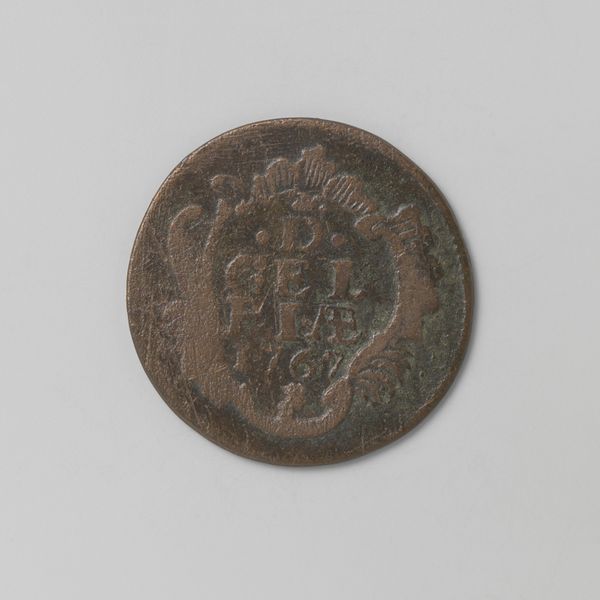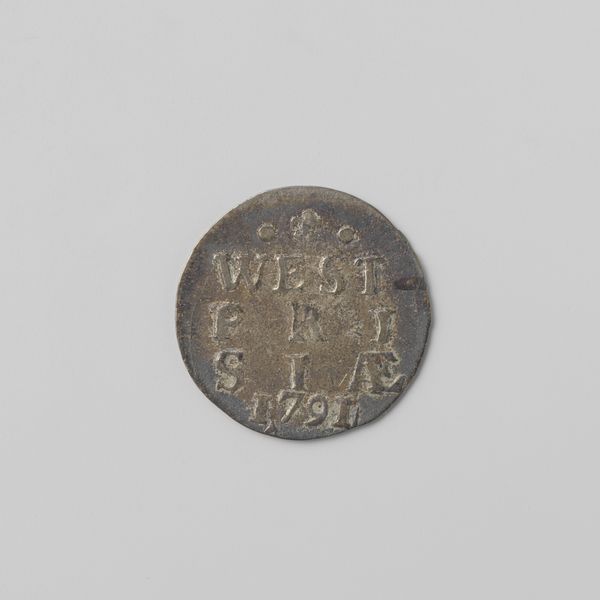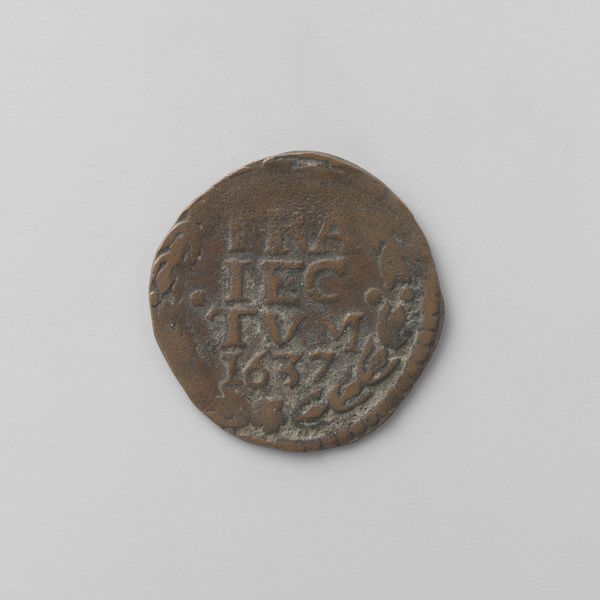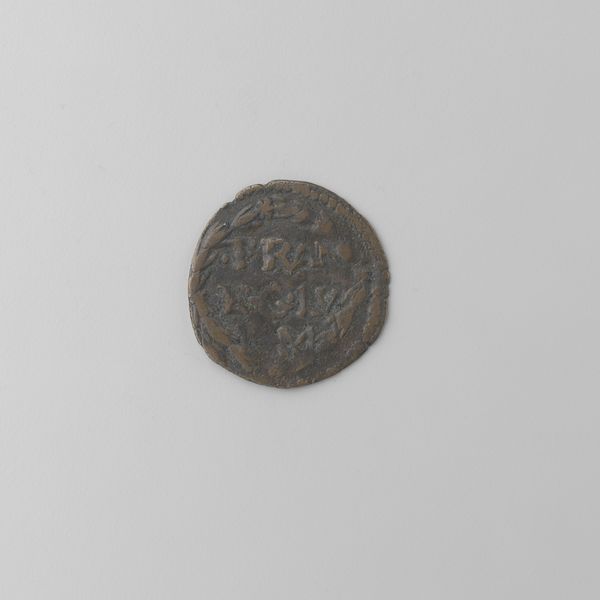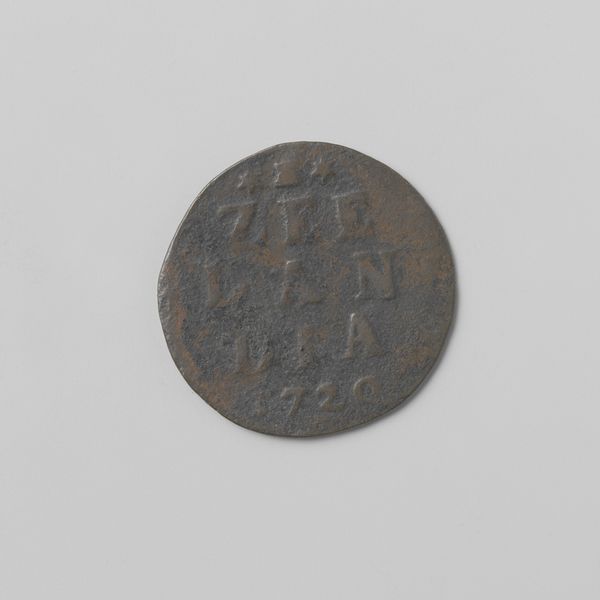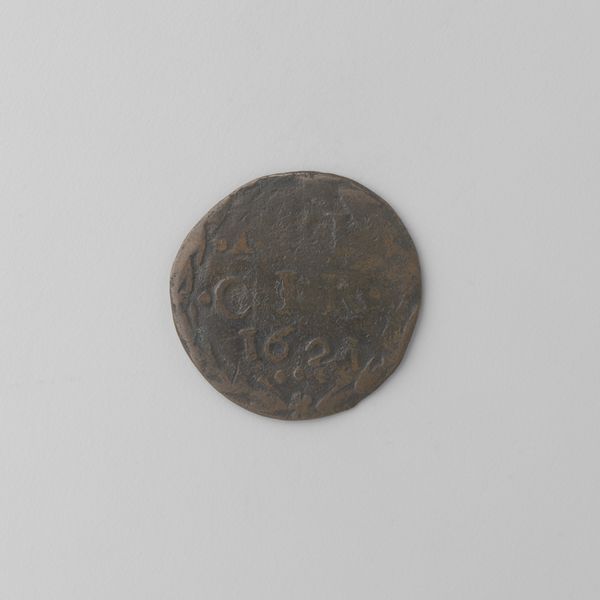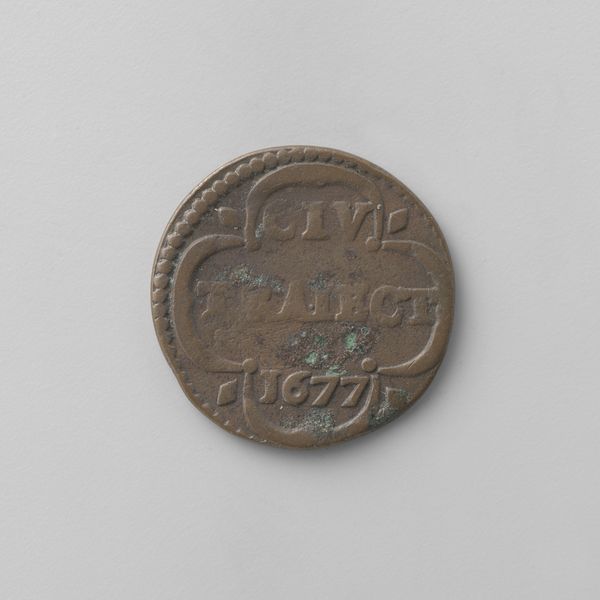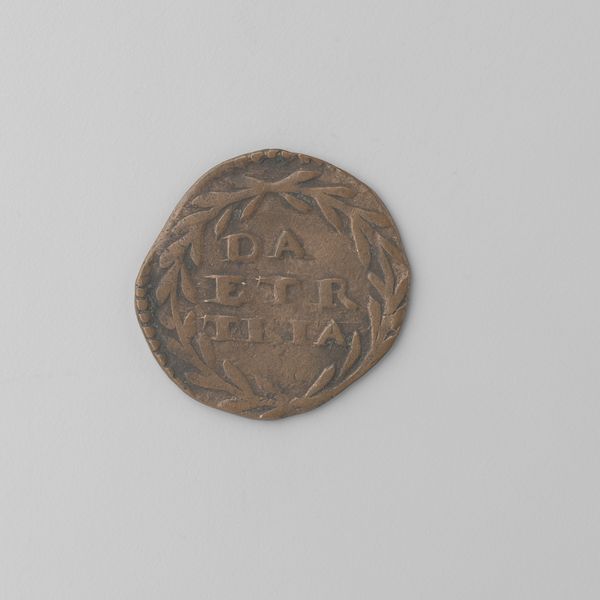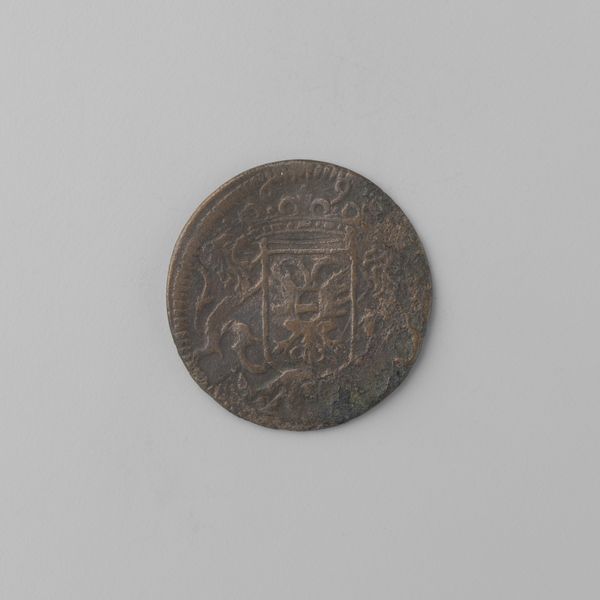
print, metal
#
medieval
# print
#
metal
Dimensions: diameter 2.1 cm, weight 3.06 gr
Copyright: Rijks Museum: Open Domain
Editor: This is a Zeeuwse duit, a copper coin from the province of Zeeland, dating back to 1790. It’s small, but it seems heavy with history. What kind of stories can a humble object like this tell? Curator: Absolutely! It is tempting to see a coin simply as currency, but these everyday objects acted as powerful tools in shaping and reflecting cultural identities. This duit speaks volumes about Zeeland in the late 18th century. Think about what it meant to produce currency— who had that power? Editor: Right, so this wasn't just about trade. It’s about who controlled the trade and economy within Zeeland and who had authority. How was that authority manifested through the coin itself? Curator: Precisely. The images and inscriptions were deliberately chosen to project power and legitimacy. We need to ask, what symbols are present? Are there emblems of state? Are there subtle indicators of social hierarchy? Consider how these visual cues shaped the collective identity of the region. Did this coin reinforce or challenge existing power structures? Who was included, and, crucially, who was excluded from its symbolism? Editor: That's a great point! I hadn't considered the symbolism being a reflection, or a statement, of power. This single coin is much more complex and interesting than I originally thought. I need to think about coins and how these objects reflect and create power structures, not only trade, and consider how art, like this, could also question it. Curator: Exactly! Now you’re looking beneath the surface and acknowledging art’s agency!
Comments
No comments
Be the first to comment and join the conversation on the ultimate creative platform.
